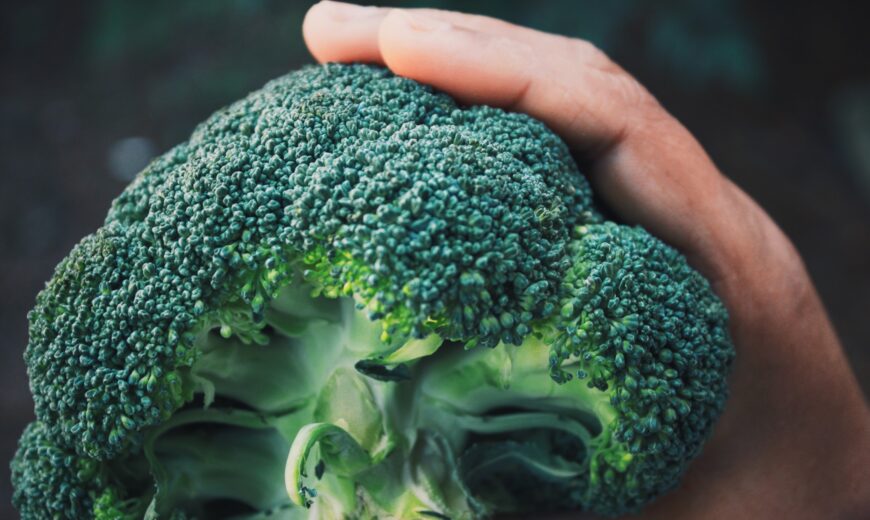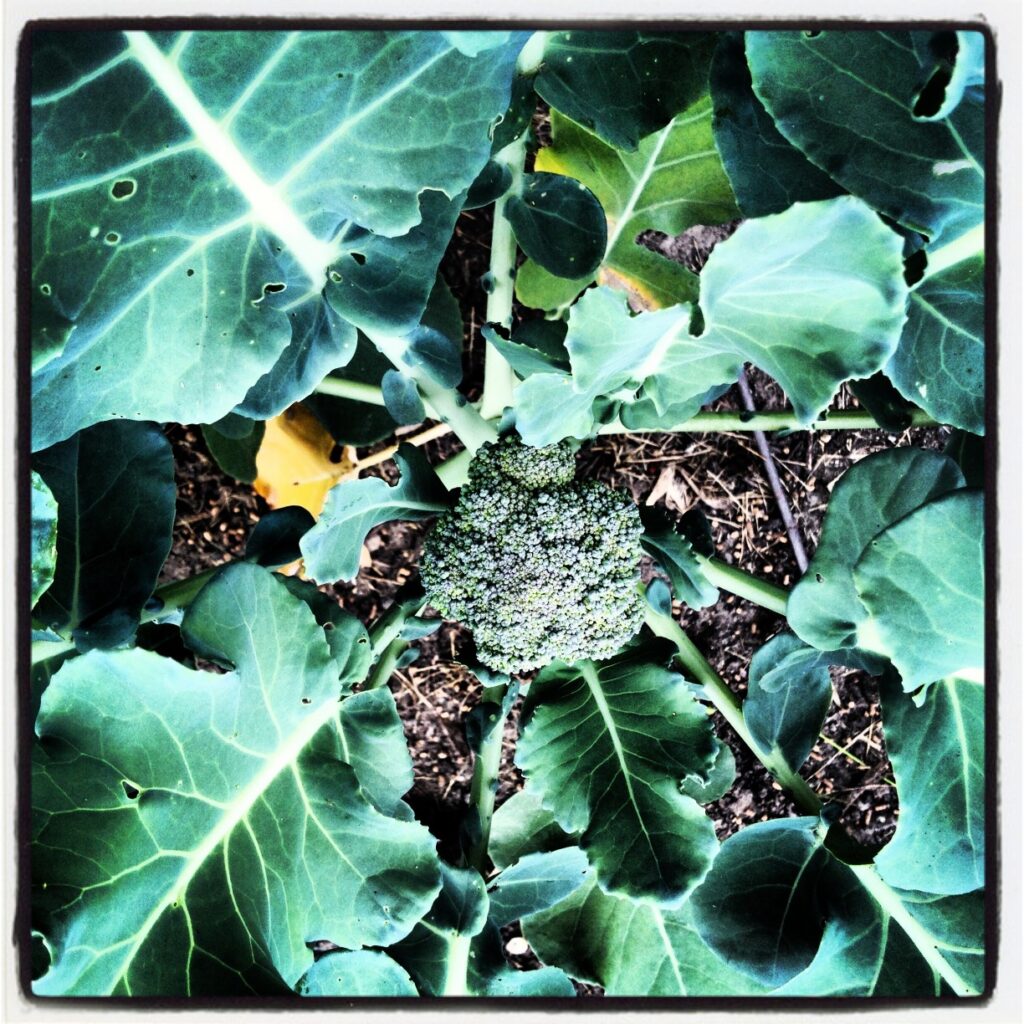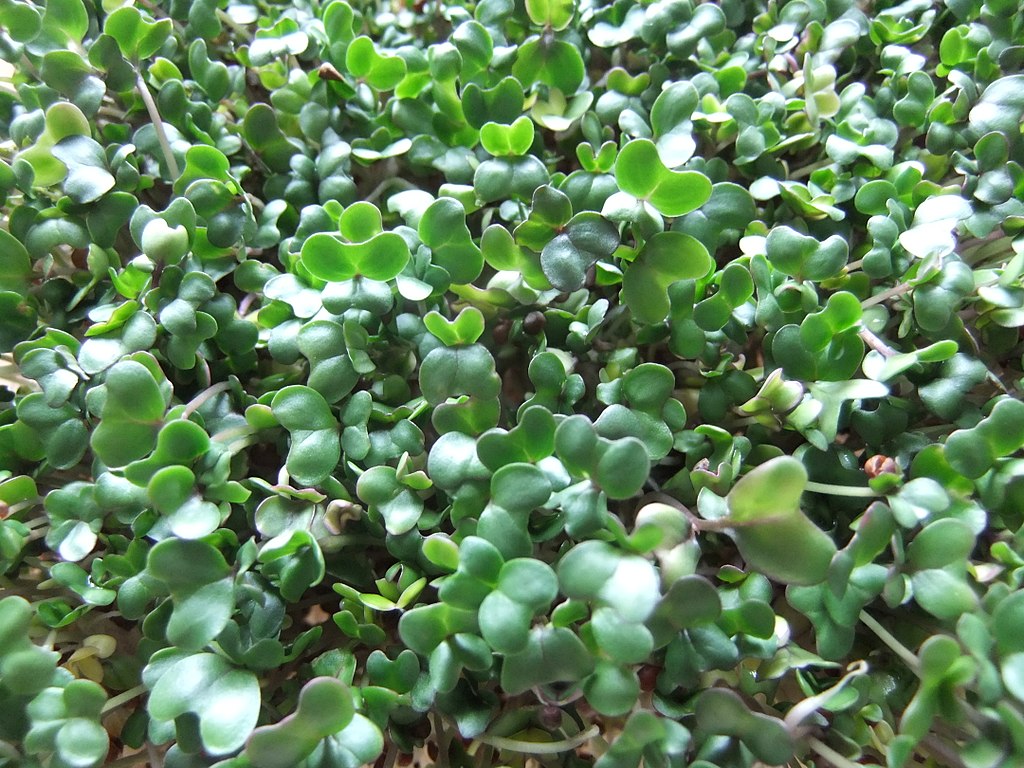
Grow broccoli at home like a pro
An easy-to-grow winter vegetable that’s great for heart health and preventing cancer is broccoli! Can you grow it in the desert weather of the Gulf, and if yes, when? And how? In this article we will show you how to grow a cool, crisp winter staple like broccoli in the desert!
Why should you grow broccoli?
Broccoli is packed with fiber, antioxidants and phytochemicals, making it great for heart health and in preventing cancer. I don’t cook it for too long to preserve its cancer-fighting enzymes, and when I can, I eat it in its microgreens form, because that has 1.5-2X more key minerals such as manganese, magnesium, zinc and iron than when its fully mature.
Ok, so let’s get sowing and growing broccoli at home!
The 7 easy steps to grow broccoli
1. Sow / Transplant in season
If growing indoors, then that’s great news! You can grow broccoli any time of the year!
If growing outdoors, transplant outdoors in the ‘cool season’. This means you will need to ‘start your broccoli seeds’ 4 weeks earlier indoors.
If you live in the Gulf, transplant broccoli outdoors in November, December, January and early February. Start your seeds indoors 4 weeks before you transplant them outside.
If you live in the Levant, you can transplant broccoli outdoors anytime from September to early March. Usually, we advise against planting in January in the Levant because the cold makes growth very slow. Start your seeds indoors 4 weeks before you transplant them outside.
Depending on where you live, the temperature will either be more temperate (like the Levant) or more arid/desert (like the Gulf and the interior of North Africa) and so follow the guidelines above.
2. Soil: Broccoli appreciates moisture and rich soil
Broccoli can be sown in rows or using the square-foot gardening method.
Option 1:
Since broccoli prefers soil that retains moisture, if you are using sandy soil, amend with 20% aged manure (not fresh manure which will contain harmful pathogens) or 30% compost. This will also provide it the high nutrient value it requires. If you are using clay soil, then use 10% aged manure or 20% compost.
Option 2:
You can also use readymade organic potting soil made for growing vegetables.
Option 3:
Finally, another soil mix that will give you a great result is 1/3 compost, 1/3 peat moss (or coco coir), 1/3 vermiculite (or perlite)
3. Sun
Broccoli needs full sun (8 hours), but will do okay with 6 hours of sun. Therefore, if growing indoors, place your container near a window that receives full sun or grow under LED grow lights for 14-16 hours a day.
4. Seed
Broccoli can be direct sown, but we prefer to transplant. For seeds, order from a reputable source. For a list of reputable sources in Kuwait, the UAE, and in the US, check out our post on the six secrets to a thriving home garden.
5. Sow
Depth: 1cm (shallow)
Final Spacing between one plant and the next: 40cm OR, if doing square-foot gardening, plant a single plant in a square-foot.
6. Service with care

Broccoli, like other cole crops, is affected by lepidoptera – caterpillars of moths and butterflies that like to chew holes in the leaves. Therefore, regularly monitor your broccoli. The tell-tale signs of lepidoptera are holes in the leaves and small, round black balls, which are fecal matter, sometimes buried deep inside the plant.
The best way to treat lepidoptera are to handpick them off your plant or to spray with Bacillus Thurengiensis at 25 days, and then 35 days after transplanting to eliminate the caterpillars. If lepidoptera continue to affect your plants, spray every week until the problem is eliminated.
If you see eggs – tiny white or orange balls, usually symmetrically arranged – you can crush or dispose of them.
Service with extra care 😉
Since many people like to preserve caterpillars because they can turn into beautiful butterflies that help in pollination, as the monarch butterfly does, so you may think of growing a few ‘sacrificial crops’ – those that you allow to create a home for butterflies or you can actually consider raising butterflies! Deanna from Homestead and Chill has excellent advice on how to attract and raise monarch butterflies in your home garden– a long read, but definitely worth it!
Other bugs that affect cole crops are flea beetles; these can be treated with neem oil or a pyrethrin based spray, following the schedule recommended on the bottle. You can also prevent flea beetle damage by using insect row cover at the time of transplanting.
7. Savour!

Broccoli is ready for harvest, on average 75 days from transplanting. You can harvest it twice, first by harvesting the head at a size of 10cm or more, and then later harvesting the side shoots, over 14-21 days. You want the head to be compact and dark green. If you miss to harvest on time, and the broccoli heads sprout flowers, no need to worry too much, because the flowers are also edible and make a great addition in a salad! For a continuous supply of broccoli over winter, plant a new sapling/s every 2 weeks.
How to grow broccoli microgreens

Use starting soil mix in a 1020 tray. Next, plant densely – around 20-30 grams of seed per 1020 tray (10 inchesX20 inches). It is best to bottom-water the trays to reduce mold issues; if not, spray from above. Cut with sharp scissors or knife after around 10 days. Microgreens have an overall greater nutritional than regular head broccoli.
Here are some other good tips when growing and caring for broccoli in your Middle East home garden
- Did you know that the leaves and stems of broccoli are also edible. I always add those to my meals! The stems need to be cooked for longer, however, than the broccoli head.
- Fertilize well – we add 5cm of compost and a sprinkling of chicken manure when we transplant
- Cover with mulch if you have it handy to keep soil moisture and suppress weeds
Enjoy growing ‘desert broccoli’, and send us pictures of this winter wonderful as it grows in your garden!